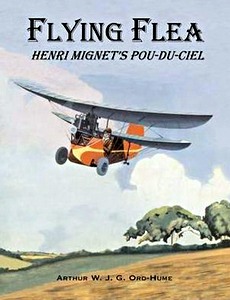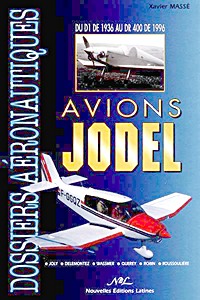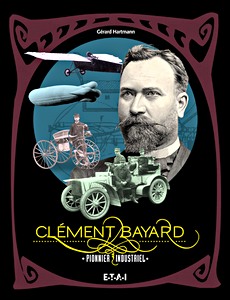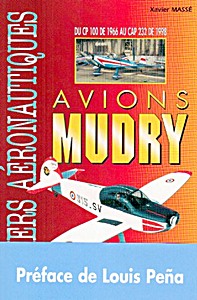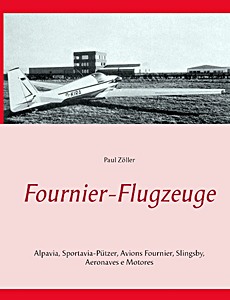Spad Fighters - The Spad A.2 to XVI in World War I (Legends of Warfare)
This book traces the history of one of World War I's most famous French fighters, the SPAD. From its early development, it became the aircraft of choice for celebrated aces such as Georges Guynemer, René Fonck, Eddie Rickenbacker, Francesco Baracca, and many others.
Using rare period photographs, the book explains how the SPAD was designed, built, and flown. It highlights surviving aircraft and provides information on where they can be seen today around the world.
The book also introduces several US aerodromes where visitors can observe SPAD aircraft, including the Golden Age Air Museum in Pennsylvania and the Old Rhinebeck Aerodrome in New York, home to the world's only flying SPAD VII replica. This work is part of the "Legends of Warfare" series.
Product details
| Author: | Mark C. Wilkins |
|---|---|
| Details: | 112 pages, 9.1 x 9.1 in (23 x 23 cm), hardback |
| Illustrations: | 147 b&w and color photos |
| Publisher: | Schiffer Publishing Ltd (USA, 2019) |
| Series: | Legends of Warfare |
| ISBN: | 9780764356650 |

Spad Fighters - The Spad A.2 to XVI in World War I
Language: English
Available on Amazon - safe payment and fast delivery
Buy on Amazon.comBuy on Amazon UK
Buy on Amazon CA



